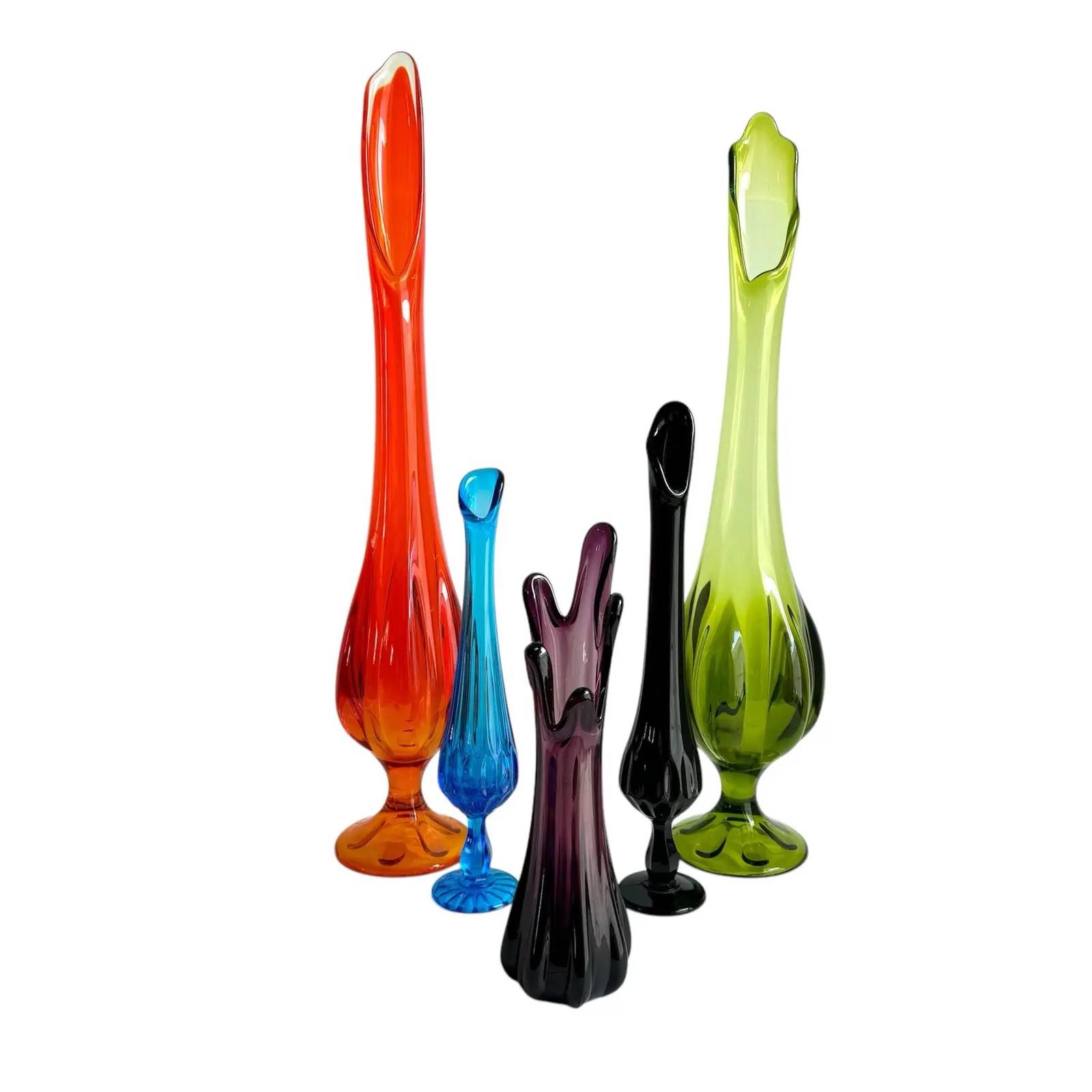✨
By Tiffany Glass & Decorating Company, American, New York, 1900
"This punch bowl was owned by Henry O. Havemeyer of New York City, one of Louis Comfort Tiffany’s most distinguished patrons, and it is among the most important works created by the Tiffany Glass & Decorating Company. Formed of Tiffany’s hand-blown Favrile glass (after the Latin word fabrilis, meaning handmade), the punch bowl has an iridescent surface reminiscent of ancient Roman glass. The gilded silver mounts are classic Art Nouveau-style C- and S-shaped scrolls. The bowl is visible in a photograph of the Tiffany Favrile Glass display at the Paris World’s Fair of 1900 where Louis Comfort Tiffany won a grand prize and received the French Legion of Honor."

Feb 11, 2025
Related Recs
🍸
Coupes, cups, martinis, flutes, wine - you can get it all for 25-50¢ a piece. And they're often gorgeous. I love my little collection.
Oct 1, 2024
💦
My Nona always had a Hall ball pitcher in the kitchen. So does my mom. So do I. The Hall China Company started making these ceramic pitchers in the ‘30s and they became pretty ubiquitous in the 40s, 50s, and 60s in American kitchens. The bulbous shape is super classic, and the portfolio of glaze colors is amazing. I prefer the styles that have the white interior showing on the lip of the pitcher for some added contrast. Fill it up with ice and some water. Or lemonade. Or mint tea. Or pre-batched negronis. They’re affordable and all over eBay, Etsy, and the like.
Jun 29, 2021
Top Recs from @greenstar
Mar 12, 2025
Feb 8, 2025

Lately I've been spending too much time scouring every corner of eBay I can for the cheapest and most delightful soviet era porcelain figurines available
I didn't even realize it until diving head first into this rabbit hole, but I have had soviet era porcelain figurines my whole life (a bunny and a bull for those curious), so I guess I was always destined to develop a fondness for the form, and eventually dig a little deeper into it.
There is something so incredibly charming and also incredibly interesting about these porcelain pieces! These little guys!
There's a lot of history to dig into that I've barely scratched the surface of AT ALL, but I'm fascinated by how porcelain reflected the common sentiments* of the times, the economic conditions, the artistic movements and ideas of the day, and also the ability (or lack thereof) of people to stay in one place and hold onto something so "useless" and easily broken.
I have very, very few things from any of my ancestors. Figurines like these make me think about the way history and art are passed down to us, forgotten, broken, left behind, sold in thrift stores and online, if they survive at all.
Figurine collections are kind of a barometer of safety and stability, or at least how dedicated to the illusion of it you might be.
They also make me think about how useful "useless" things can be. How even art that is purely decorative can be thought-provoking (by for example valorizing "folks"), or just make you happy (via being very cute! Or expert use of color and form!).
Grannies collect this shit for many good reasons and I'm starting to catch on.
__________________________
* Notably the $$$ collectors type ones are the ethnographic figurines, something I NEED to read an academic paper about.
Especially, because Ive noticed some of these figurines depicting "ethnic types" are inaccurate copies of earlier prints, which themselves should be placed under immense scrutiny! This is all extra interesting in the context of the porcelain industry transitioning from imperial rule to the soviet era. The ways of talking about ethnicity changed, (in addition obviously to y'know, everything!) but the products produced largely remained the same. Lots to think about!!!
Jan 31, 2025


